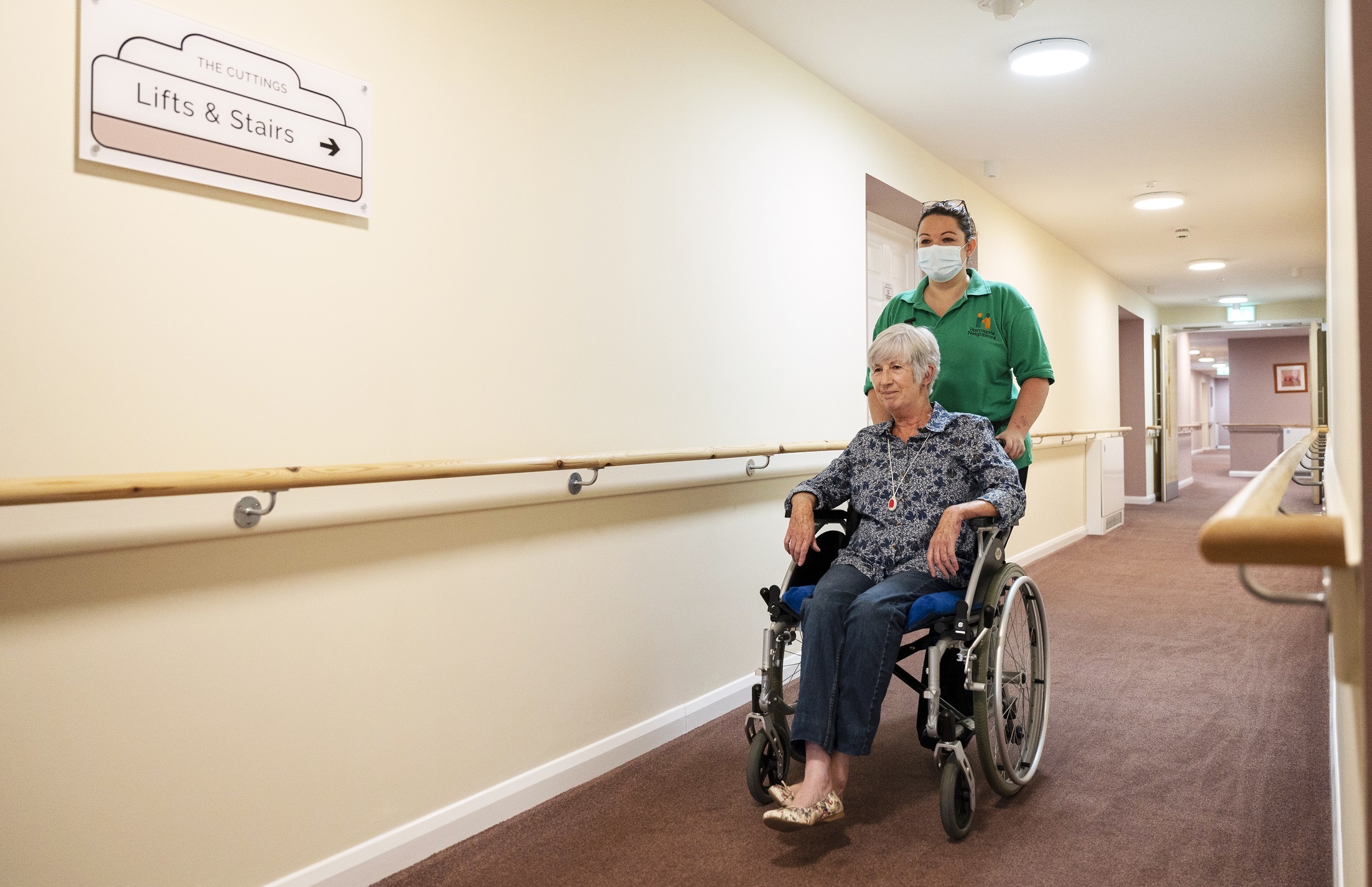We explore how the digital transformation of healthcare services can improve care for the elderly and reduce pressure on hospitals

Like most developed nations, the UK population is ageing and, by 2030, one in five people in the UK (21.8%) will be aged 65 or over.
But, although we are living longer, we are not necessarily living more healthily.
Long-term conditions like heart disease, diabetes, and COPD are placing ever-increasing pressure on the NHS, accounting for 50% of all GP appointments and 70% of all hospital bed days.
And their treatment and care absorbs 70% of acute and primary care budgets in England.
But technology could have a role to play in addressing this challenge and supporting health and care providers.
Speaking to hdm, Andy Hart, training and consultancy manager at Tunstall Healthcare, said: “When today's adults were children, owning a television was considered a luxury.
“Personal computers had yet to be conceptualised, and landline phones were the norm.
“Decades later, technology is not only reshaping our home and professional lives, but also enabling people to live independently for longer.”
A digital future
Devices that once seemed like science fiction are now being used to support vulnerable people to live safer, healthier, and more-enjoyable lives as they age.
“Relatively low-cost telecare systems can automatically raise a call for help if they sense someone has fallen, or alert a sleeping carer if the person they care for experiences a seizure,” said Hart.
The wider digital transformation, and the application of data analytics, is now seen as essential to the smarter management of operations, allocation of resources, collaboration across teams and services, and, ultimately, better delivery of care
“This 24-hour support can help to avoid hospital admission, delay and prevent the need for residential care, and reduce carer burnout.”
Existing solutions can also support the effective delivery of healthcare.
For example, remote patient monitoring (RPM) enables early intervention which can avoid the need for more-complex care for people living with chronic conditions, such as hospitalisation and ambulance callouts.
Such technology is scalable, cost-effective, and empowers individuals to become confident in self care, as well as enabling care to be person-centred rather than place-based.
It also enables clinicians to focus on those that truly need their support, while monitoring people who can support themselves.
The power of data
“Raising awareness of the technology solutions available with health and social care professionals is crucial, but it’s also vital to engage with them on the way data is collected, stored, processed and understood,” said Hart.
“The wider digital transformation, and the application of data analytics, is now seen as essential to the smarter management of operations, allocation of resources, collaboration across teams and services, and, ultimately, better delivery of care.”
However, technical barriers, such as the lack of computer literacy, compound other deterrents to technology adoption.
“Training can address any reluctance to adopt technology while reducing anxiety, increasing interest, and improving efficacy,” said Hart.
The digital transformation can enable innovation in terms of service design, to meet the needs of an ageing population and enable new models of care to be developed and scaled up
“With the right education and digital frameworks in place, the integration of technology can become focused on the citizen, their choices, their health, and their care, without any of the gaps between institutions, and delivered more effectively, with better outcomes.
“It is in this context that the digital transformation can enable innovation in terms of service design, to meet the needs of an ageing population and enable new models of care to be developed and scaled up.
The next steps
“Digital technologies have tremendous potential to improve the lives of an ageing population.
“They can enhance the services on offer, giving people greater independence and control over their care and are proven to help support wellbeing.
“They can also free up the time for more face-to face care and help care providers to operate more efficiently, so they can do more to look after those they support and their employees.”
But he said investing time in exploring existing and emerging technology, and educating health and social care professionals, is key to maximising the potential of digital technologies.
“By educating staff about the benefits, we can ensure all stakeholders can commit with confidence to the transformation of services,” he added.
“As technology continues to touch every aspect of modern life, we must not miss the chance to harness its power to support our ageing population’s health, wellbeing, and quality of life.”